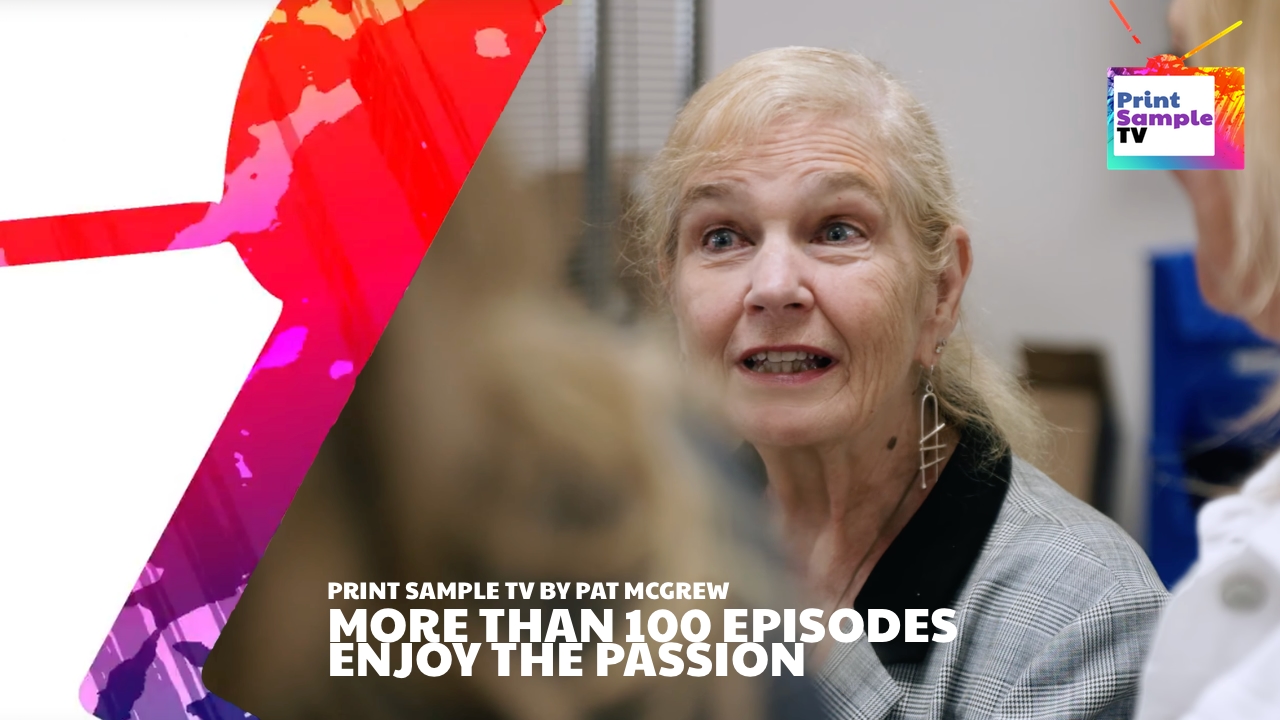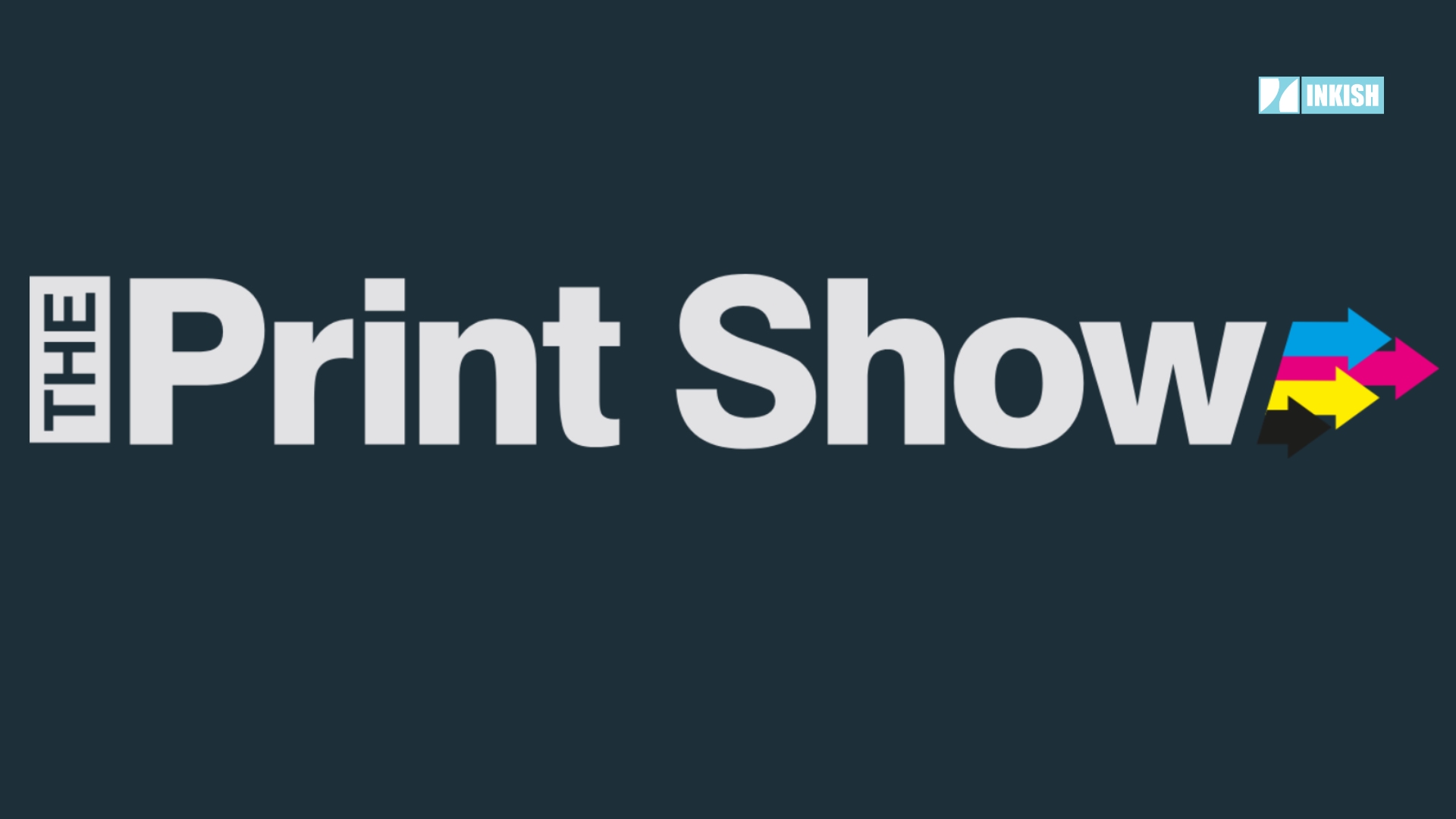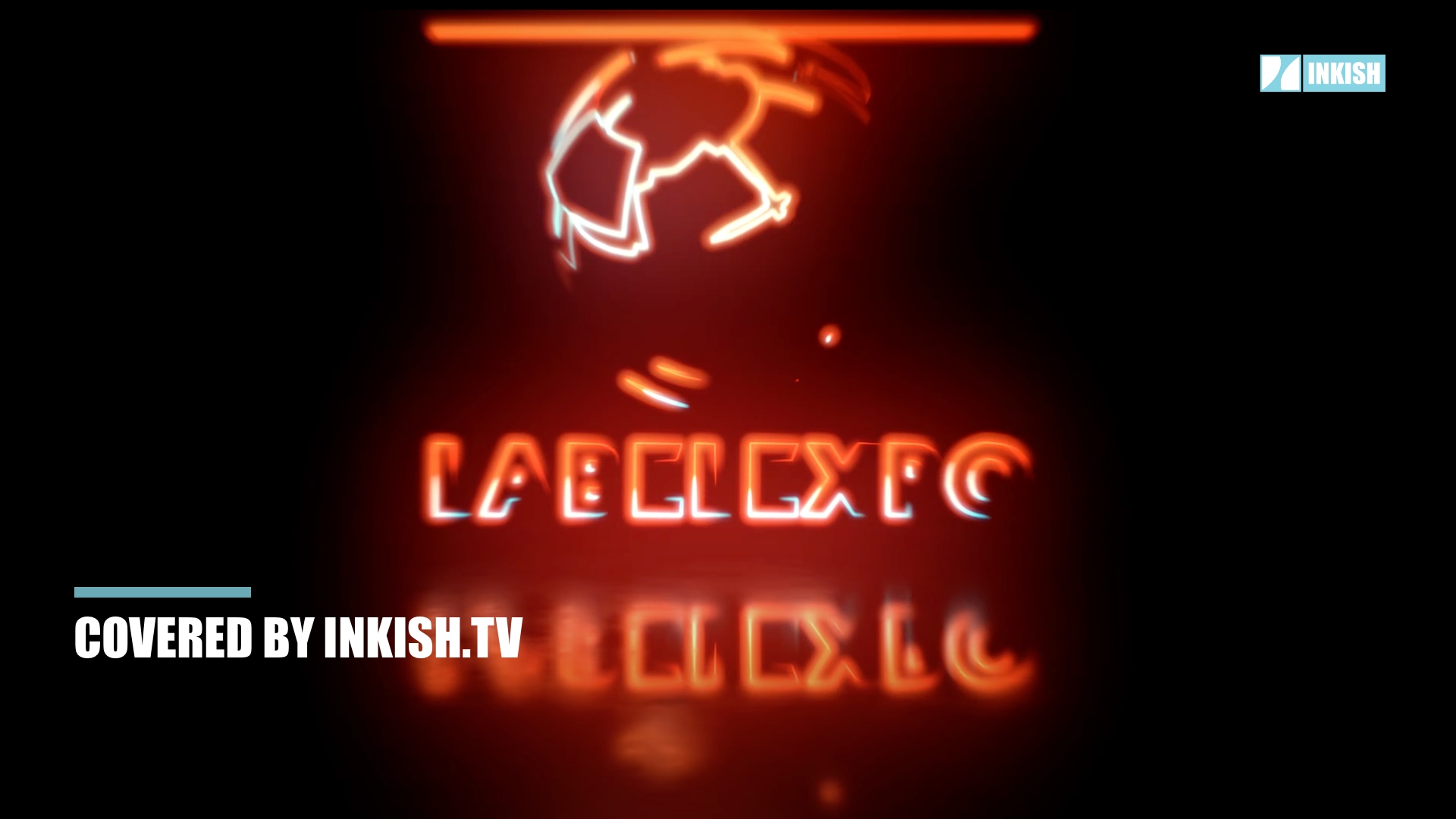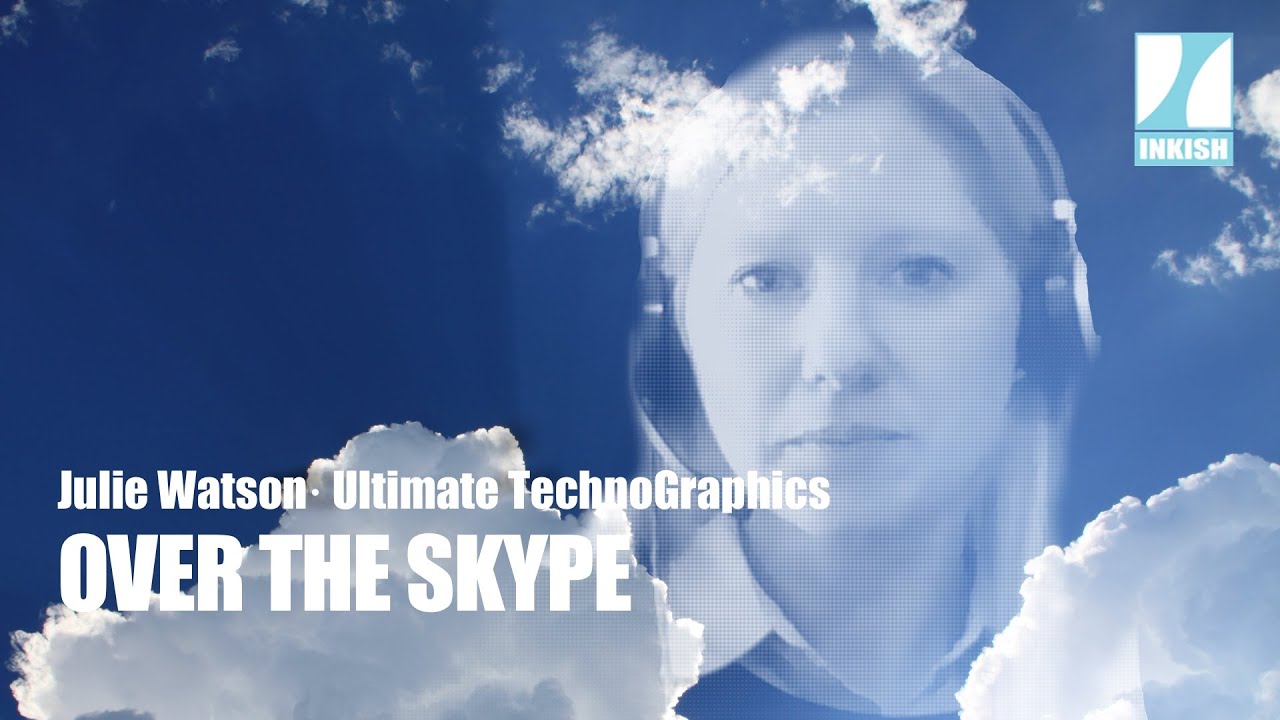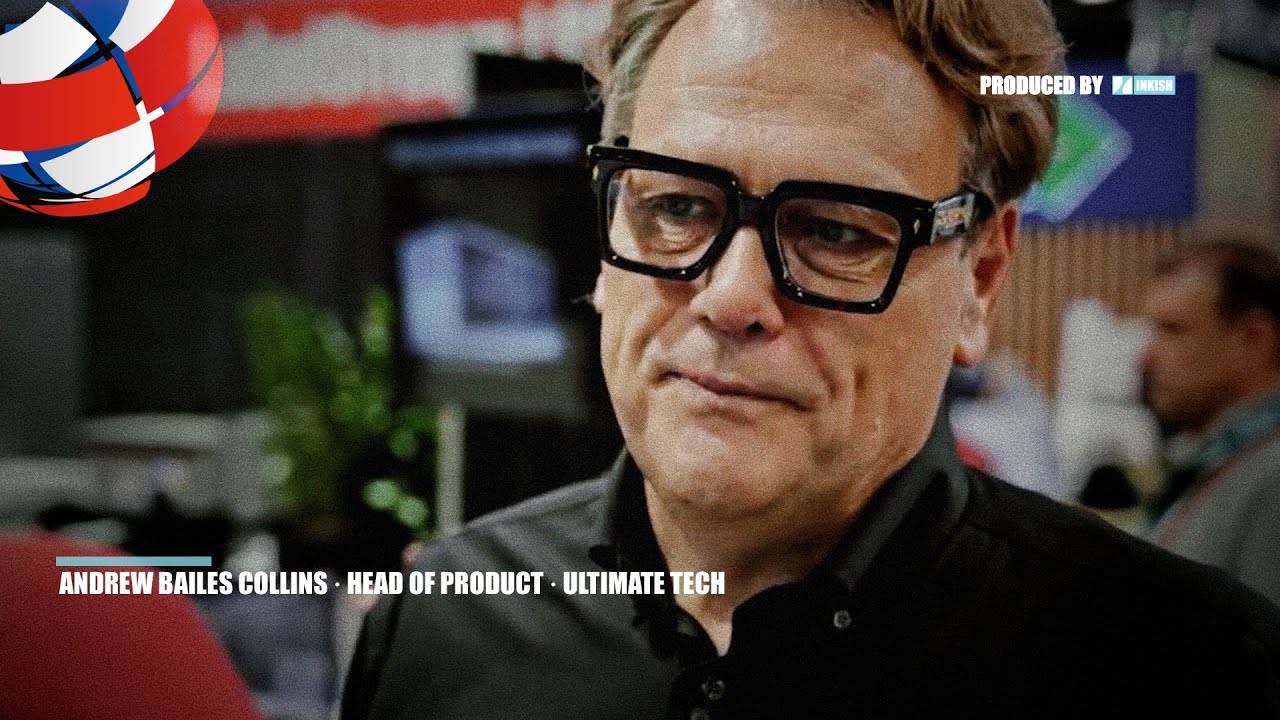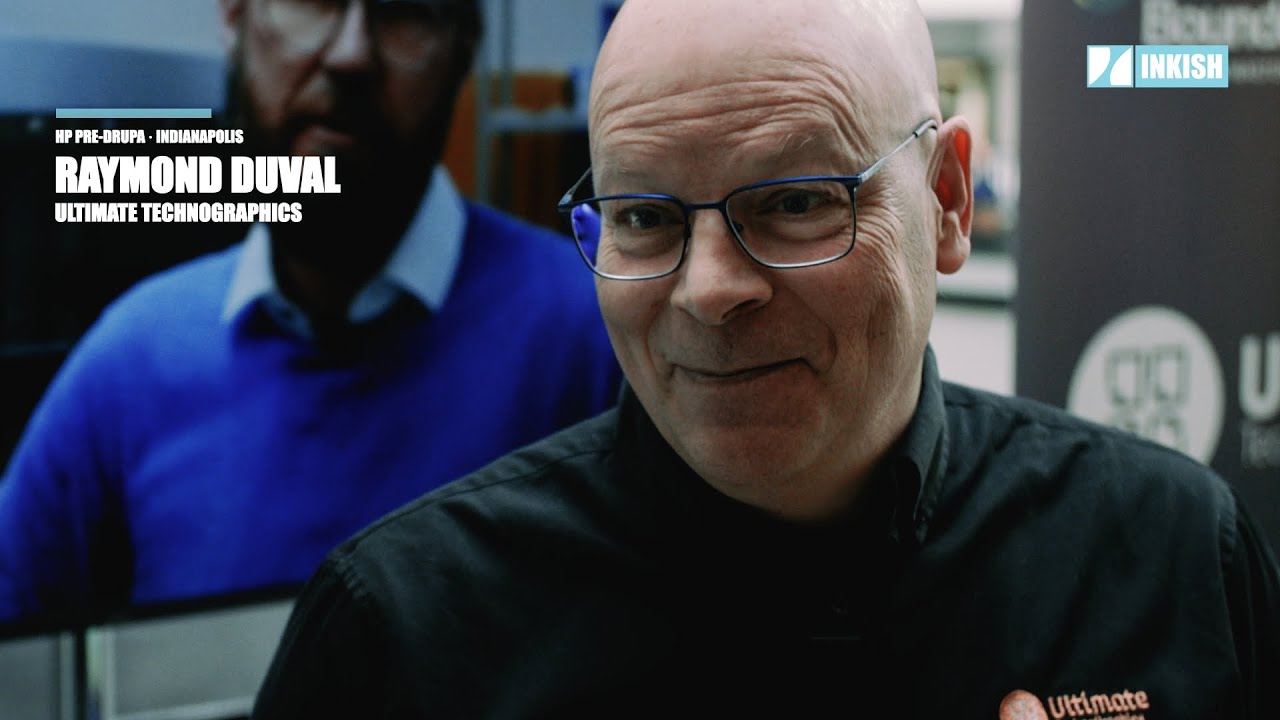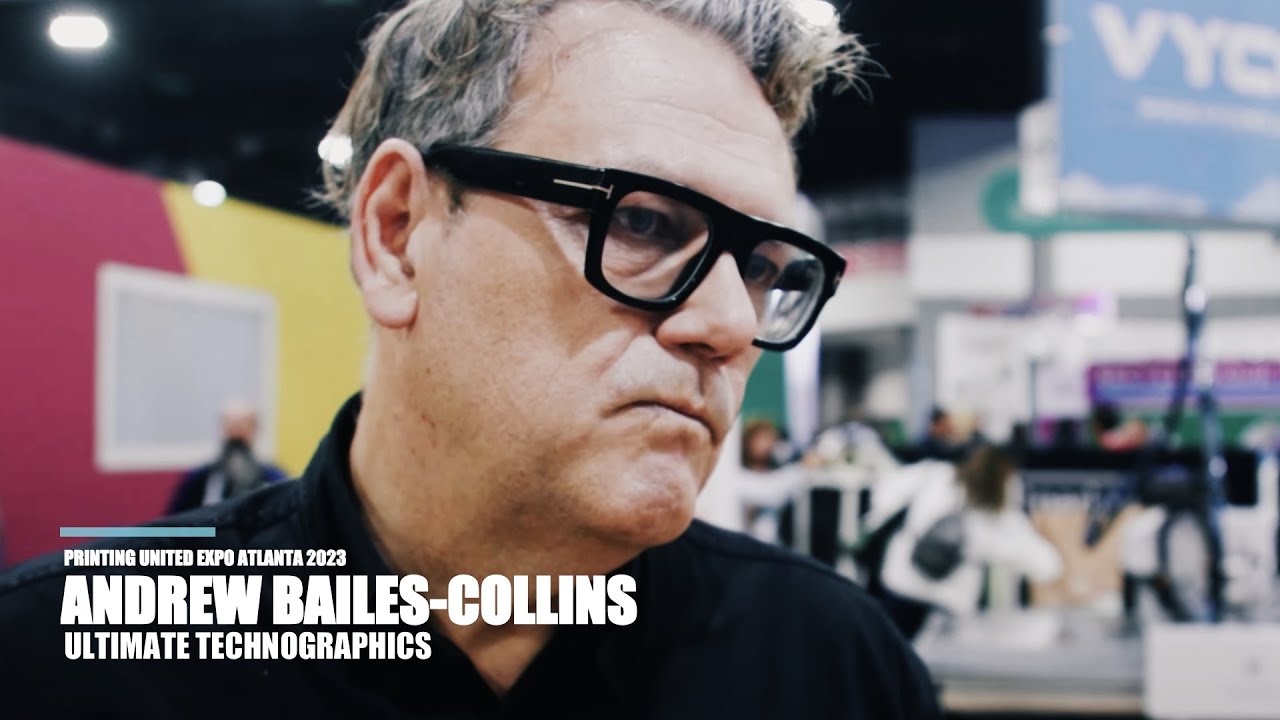Julie Watson · Over The Skype · Ultimate TechnoGraphics
Your humble editor was late for this interview, but despite that, this conversation with CEO Julie Watson from Ultimate TechnoGraphics was really GREAT. The Canadian-based company, founded in 1989, is the developer behind the widely used software Impostrip. In this ‘Over The Skype’ session, CEO Julie Watson and editor Morten Reitoft speak about the newly released update of Impostrip, APIs, workflow/automation, the industry, and of course, where Julie Watson sees the future for her company.
Great session – enjoy!
This is Morten from INKISH TV. And here in Denmark, it’s a little bit past 8:00 in the evening. And I am really sorry. Because I didn’t forget that I have an interview agreement with Julie from from Impostrip. But, you know, family things and dinner things. It took a little bit of time away from me. So, Julie, I apologize for the delay. And very welcome to INKISH TV. And and you’re from Canada, right?
Yes. Yes. Montreal, Canada.
And, you know, I have only had a stopover in Toronto. But every time I think about Canada, I think of it as a nice place, nice nature and nice people. So is that something that you can confirm?
I can confirm that. People here are nice – generally. And we do have a lot of wide spaces. So a lot of nature, definitely a nice place, just a little bit cold. Today is not too bad – minus four degrees. But, you know, it can get down to minus 30 degrees Celsius here in the winter. So you need a good jacket and a good hat.
Yeah. And as we spoke about just before we turned on the recording. You are also working from home like so many other people around the world right now. So have you started on the vaccination program in Canada yet?
Yes, vaccination has started. Generally speaking, I think mainly for residencies and health care workers. And hopefully we can get these vaccines out as soon as possible. So we can come back to a new normal soon, right?
Yeah, definitely. Because, I mean, as I said also before we started recording. I mean, this pandemic has caused a lot of changes to everybody in the world, of course. And how has it influenced your company and the work that you did during the past 10, 11 months?
Yeah, well, all our team, you know, from one day to the next here, we had the indications to work from home. So we got organized. Everybody set themselves up at home. And we’ve been working from home ever since. Actually, we’ve never really been back to the office. And we maybe changed a little bit, certain things the way we worked. But generally speaking, it’s been going pretty well, all things considered.
And talking about things going well. Not so long ago, you were able to release a new version during the pandemic. Right?
Yes. A new version of software, right?
Yeah. Yeah. Precisely.
Yeah. Yeah, exactly. So actually, our company and thank you for bringing this up. Because our company started a project several years back about… Well, first we wanted to, you know, redo the user interface and user experience. And this turned into a little bit of a technology revamp at the same time. This project ended up being a little bit, you know, more work than we had originally anticipated. Like most projects do. But thankfully, you know, we released it. I think it was at the beginning of last year or the end of the year before that. And we’ve been working really hard at migrating customers. And we’re, you know, in the middle of this migration. We’re still going to continue in 2021. We have a nice migration program for our customers as well. Where we assist them. We give them a transition period so they can try out the new software, import their settings, et cetera. So it’s been going pretty well. But it’s a lot of work, I have to say.
And, you know, to be honest, I have been completely unfair to you because we didn’t start with introducing you properly. Maybe we should just tell a little bit to the audience about who you are and what you do. Now, we have digged directly into some of the new things. But tell us a little bit who you are. Julie.
Thanks. So I’m a second generation CEO. So this company started in 1989. We’ve been doing imposition software for 32 years now. Can you imagine that? So originally light tables were being used to do imposition. And then thanks to our solutions, we were able to do it using a computer. And through the years have also developed a lot of ways to automate this even further. So this is what we’ve been doing.
And you have become – I mean with Impostrip – you have become quite big in literally all segments of the printing industry. Haven’t you?
Well, we definitely have a strong presence. So we definitely have a lot of Impostrip customers. And we’re very thankful for this. They all, you know, want to produce certain products, certain ways. So we’ve worked through the years to, you know, enhance the solution to meet their needs. And we’re very happy to have a good customer base today.
And talking about customers.. Because I think I also spoke to your your colleague, Raymond, two months ago. And we spoke a little bit about that when you have all these new requirements from customers. Basically faster turnaround times and smaller print runs, strange sizes and all these kind of things. The demand from customers to create really efficient usage of also using Imposition is a very important part of it. How is it to be in that competitive space? I mean, it must be… As you said, the project you just mentioned, it took some time to do it. Is it like you’re getting to where it’s getting really heavy now to produce?
Well, in fact, you know, this is what is great about our industry. That it does evolve a lot. There’s a lot of new needs. New equipment, for example, that that may have new needs. But at the end of the day, we’re all about, you know, staying at the edge of it. And being able to adapt and bring, you know, more automation. More intelligence for our customers to be able to enhance their productivity. Let the software do the imposition and focus on more value added tasks. For example, we also tie in to finishing automations. Which also helps bring that automation to another level as well.
But when you say I mean, one thing is, of course, the imposition itself. But also when you talk about automation as more like a generic term. It’s because, I mean, with digital equipment, you have an opportunity to dig deeper into the workflow. I mean, so Imposition and what you do as a company can basically be extended. And then become more valuable to even more customers, right?
Yes, of course. So definitely digital printing has been a driving force of automation. Because it’s a different way of working. You can no longer touch every file. You can no longer do these things manually. Although we still see because we serve, you know, large customers as well as small customers. We interact with a variety of print service providers. And I have to say that there are still, you know, people imposing manually. And so I really think that there’s still a lot of opportunity. Especially for some smaller companies there is the opportunity to benefit from this kind of automation and putting workflows in place as you mentioned. Now imposition is such a small piece of the workflow. You want to tie this in with, you know, some pre flighting, file management and automating it down to the press. And maybe furthermore with some of the finishing so it can become a good project. But also a benefit or a future opportunity for some of these customers who are investing in workflow.
When you mention smaller printing companies and smaller customers, is that…? I mean, we don’t have to talk about the numbers… But the entrance point – moneywise – from getting involved with software like yours… Is that…? Does it require huge companies? Or do you have packages that fit everybody?
Exactly. We have a wide range of packages. So you can actually start off probably a couple hundred dollars with our very entry level must-solution. Which already helps customers no longer manually do some imposition tasks. Then we obviously move towards the product line, into more automation. More connectivity and more scalability. And this is where the price will increase. So a customer can start with our solutions and, you know, eventually build their business and can continue with the solution into higher productivity. So I think there’s a lot of benefit for customers to start. Even if it’s, you know, starting small but building on this afterwards.
And what about the ones that require AI and APIs and all that kind of thing? Is that also something that you can serve?
Of course. Of course. So one of the key features when we survey our customers that they like the most actually is the ability to connect or integrate Impostrip into their workflow easily. So they don’t need necessarily to have very extensive programing skills. And they can get this connectivity going either to a workflow and MIS solution, a web-to-print solution. So, you know, in just a matter of days, they can have their workflow completely automated. Even sometimes in a couple of hours. It depends, you know, to what extent they want the automation, of course.
Of course. Is that something that you find unique with Impostrip or is that just like how softwares are these days?
Well, of course, software in general offer connectivity. Some software requires, you know, maybe a little bit more work to automate or to connect. That was maybe not the primary purpose or design of the solution. You know, for us, focusing on automation has been a mission for our company and our products. Since I’d say – I almost feel like it has been over a decade. So basically, every time we develop something or we bring something forward, we think about: The customer is going to want to automate this or do it in a smart, automated way. So build on this it makes automating and position much more easier, much more seamless with the solution. And this is definitely a benefit of choosing Impostrip as well.
And let’s say that people are interested in, you know, knowing more, getting to know more. So how is your solution sold? Is it subscription-based? Do you have dealers? I mean, I think that if you have a complex workflow, you might even need some implementations to help you actually create the workflow. So how does it work with the industry?
So the first question is about our licensing model. So we do have a perpetual or subscription. So depending on which you are…
Ok. So you basically offer both?
Yes, we offer both currently. The subscription is a little bit more recent. But we offer both. And as well, how can a customer get our solutions different ways? Definitely we encourage customers to work with solution-subject-matter-experts or expert integrators or consultants that are, you know, helping them improve their workflow. And who can provide and integrate our solution to their workflow. That is definitely a great way as well as, you know, going on our website and contacting us. And we have a team of very helpful and friendly people that you can speak to about your projects. And we’re happy to help.
Sounds great. Stepping a little bit back from the technology and the solutions and you as a company. I mean, how is it to run a… I was just thinking about how it is to run a company in Canada? I was thinking that sometimes you must be in the shadow of the US or how do you see that?
Definitely. I mean, I’m not an economist, but definitely there’s an expression: When the U.S. sneezes, we get a cold. Right? So definitely there’s interdependence in these economies. However, I think Canada is very well represented in the world. And I see that we have a lot of opportunities as a Canadian company. Also, we’re known to be friendly people, which is also a good benefit.
Of course. And I agree with you. The people I know from Canada are very friendly. So that is definitely something I can vouch for. I was asking because I know that Canada is not a small country. But it’s a small America kind of thing. And I was thinking of it because in Europe we have a lot of smaller countries. I mean, we also have the bigger ones. But there’s a lot of small companies. And I can’t help thinking about that. It seems that Belgium is a place where a lot of things are going on when it comes to workflow and automation. That with you in Canada and together with a few others. So I was just thinking maybe there was like an island in the world where you have to, you know, get your way into the market. But that is maybe not so difficult.
Well, I know here in Montreal there’s a lot of emphasis on technology. And also AI actually is a well known company here. Element AI. I am sure that you’ve heard of them. That is a pioneer in this area. So I think that Montreal is definitely a good hotspot for technology and a lot of innovations. Not just in the printing industry. But many industries are coming out of Montreal as well. So it’s a nice place to be.
So what I hear you say is basically that Canada is an advantage because of the people and the open space. And you have the interrelationship with the US. And you don’t have any limitations when it comes to going out in the world. Right?
Sure there’s many benefits to being in Canada. So, you know, I guess to anybody who wants to establish themselves in Montreal and are in the printing industry. You know, give us a call because you never know. Maybe we could work together.
Hmm. Another thing I can’t help thinking about, Julie, is… You have been extreme as a company. I now get back to the product. I can’t help thinking about products and companies all the time. Sorry. But I can’t help thinking about… You have as you said, you have been in this imposition business for a long time and you have a lot of expertize in this area. Have you ever considered expanding your product offerings into other segments of the of the industry? Or you just stay focused on what you do?
We definitely stay focused on what we do. We stay focused – this is what our customers expect from us. They expect us to deliver a solution that is flexible and that is very capable. So this is something that’s very important to us. To be able to to deliver this to them. As well as definitely adapting to the market needs. So, you know, we talk a lot about centralizing imposition. So we do have customers with a wide range of products that they want to produce. So definitely enhancing our capability to accompany them in this production, should I say, is definitely something that we’ve been doing. And as well, working on tying that to the finishing automation. So taking it one step further towards the end of the workflow. Finishing often is becoming a bottleneck now. And for customers, it’s no longer just about cost. It’s no longer just about printing at an inexpensive price for customers. But it’s also: when are you going to be able to deliver? We, especially with the pandemic, got used to getting our packages from Amazon pretty much the next day. So now when some print buyer is going to contact their print service provider either online or any other way. One of the first questions they have is: When am I going to get it? So workflow automation becomes even more important to be able to obviously have a cost effective production. But also be able to deliver these products rapidly. I think that the time to deliver is also a very important factor here.
Does that mean that you also more and more tie into the actual planning of production as well? I mean, one thing is if you have gang printing you need to, of course, make sure that everything is organized. According to call of space, the best uses of sheets and, you know, all these kind of things. But when you have, like, the timing as a part of it. I think that you have to be part of the at least communicating with some kind of systems that can prioritize the print as well.
Exactly. So we do have that communication. A capability coming in and going out. Tying in to a customers planning management system is definitely something that we offer. And that many customers are using today. So that’s very important. But it’s also about productivity and setting things up quickly. Getting jobs out the door, really. I mean, this is becoming more and more important for our customers to do.
And just a few months ago, we had a an event both in Europe and the US. That we called “Smart Factory”. Because there’s a tremendous interest from printing companies also during the pandemic to automate as much as possible. And as you said, it’s not just about the prepress. It’s also on-press and post-press right now. I was just thinking that with IoT and the “Smart Factory” – I think that it also influences how you have to develop software in order to communicate on the machine level with the different machines in the workplace. Is that a correct assumption or how do you see that?
Yes, well, it’s actually a benefit to automation. Right? You can already only automate the communication to a device if it’s A. On a network and B. Have some kind of communication to it. Which is not the case for all finishing equipment today. But there’s definitely a lot of companies that are providing today some very smart finishing equipment that can communicate. And this is definitely a starting point. And you have to. Yes, we we work at developing software. That integrates with these devices and I can automatically set them up. So this is very exciting.
Yeah. And the reason I was asking is just because I was thinking, based on what you said that the delivery time is becoming more and more important. I was thinking that sometimes you may need to compromise on your imposition because speed is more important than effectiveness of sheet, for example. So I was just thinking that maybe there is some kind of interaction between what is the equipment capable of doing, in relation to what is most feasible for whatever priority that is the highest.
That’s an excellent question. So it depends on customer. And their are objectives. Some customers and it is especially true in a more of a traditional way of printing offset. I think there was a lot of time spent on how the sheet was used. Because you would, you know, build a printing plate and then reproduce this printing plate many times. Whereas you go in a digital world and every job is different. So there are some customers that rather have a quick throughput, a faster turnaround time, because that’s their business model. And others maybe are producing differently and want something more exact. The value of Impostrip is that the way it is, it is really a tool box. So whatever business model or objective you have as a print service provider, you can use this tool box and tailor it to the type of workflow for your type of needs that you have. So this is a big added value. And one of the main reasons also our customers choose to work with Impostrip.
And the future Julie. We have to talk about that, too. I mean, you said it took some time to create the iteration that we are talking about right now. So have you already started on the next iteration?
Actually, yes. Once we finalize our migrations, this is when I say to the team, then the fun begins. Right? Because we have a lot of ideas, a lot of things that we want to bring and some projects that we already started. And, you know, some things that, you know, we are maybe not going to announce today. But if you stay tuned in the coming months, then, you know, maybe there’s going to be more capability that I will be announcing. But definitely it’s an exciting time, I’d have to say we’ve we’ve worked hard. You know, we’re a great team and a lot of good ideas. So I really look forward to what we can bring for our customers.
I can’t help think about that when I spoke to Raymond months ago, I asked him what drives all this innovation in your company, for example? And I was thinking sometimes it can be because of the technology, like the computers and the power of a CPU. And you know memory gets cheaper and stuff like that. And another is the demand in the market. But what comes first kind of thing. Right? So it sounds that ideas is not the limitation. Is it more like how to get things to market in a pace where the customers can actually absorb that kind of technology that you’re delivering? Or what are the obstacles in your opinion?
Obstacles. I see, the question has to two facets. What drives innovation? I’d have to say customers. Customers, but as well as printing technology. So looking at, you know, where the industry is going. Where the needs are going. So sometimes, you know, the innovation comes from customer requirement. And sometimes it comes from ideas that we bring also to the table. So it’s a combination of everything. And I think that’s probably true for most companies. What are the obstacles?
I hope. I hope.
What are the obstacles? For example, you can bring technology a little bit too early right in the game. And sometimes you’re rushed to bring something out as well. So timing is also as something of essence. I think, in a lot of projects and a lot of that go to market strategies. But at the end of the day, when we look at something that we want to do as a project. Especially as a whole. Then we’re generally, you know, persistent and we see it through. And then this is when we can really see the benefits of this innovation.
Julie, I want to thank you very much for your time here. Once again, I apologize that I was a little bit late on this. But I think I had a wonderful conversation with you. And please say hi to your team. I know Eve. I know Ray. I know a little bit about you now. And you probably have more people. So please send all the best regards and stay healthy. And I hope to see you at some tradeshow or somewhere else in the near future.
Thank you. Thank you very much for the opportunity. And happy to talk with you today.




















